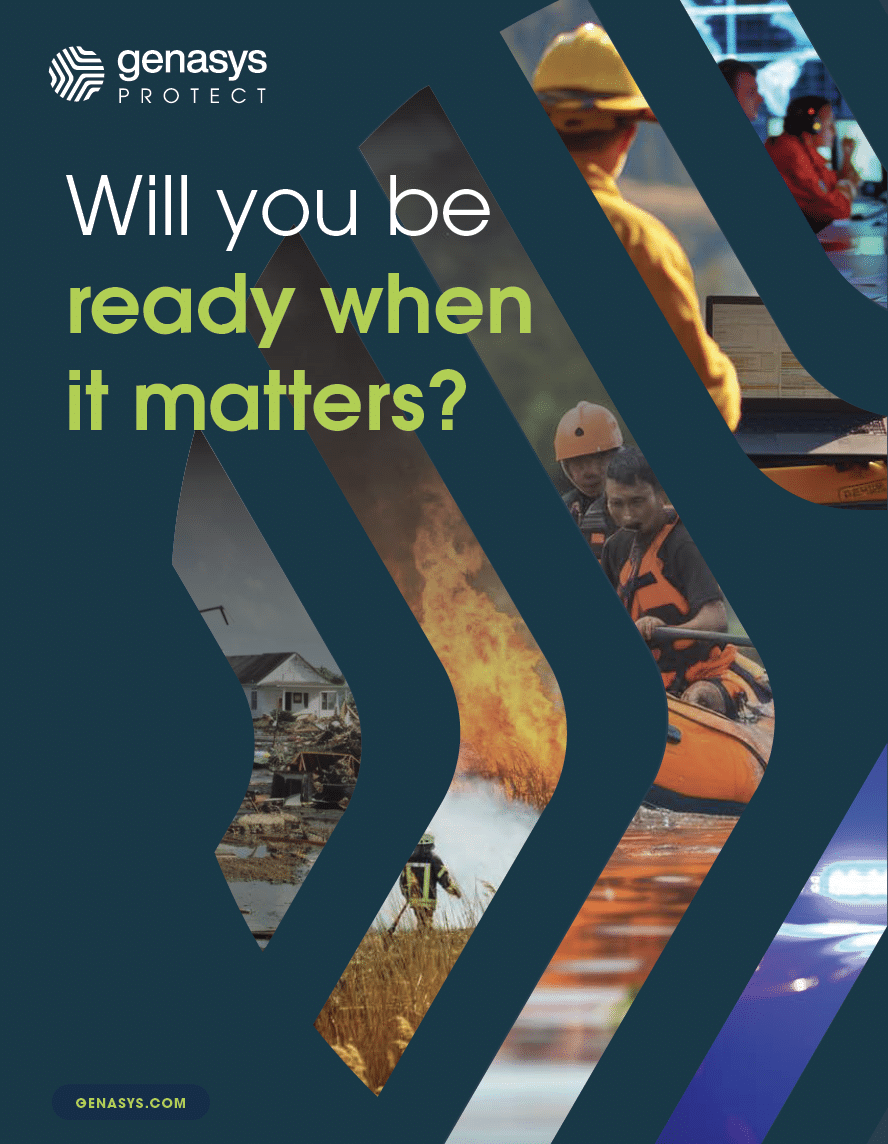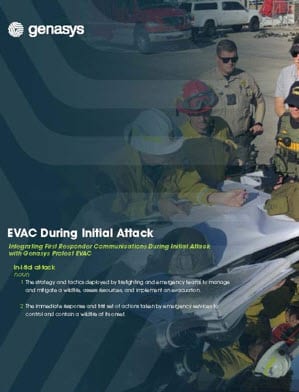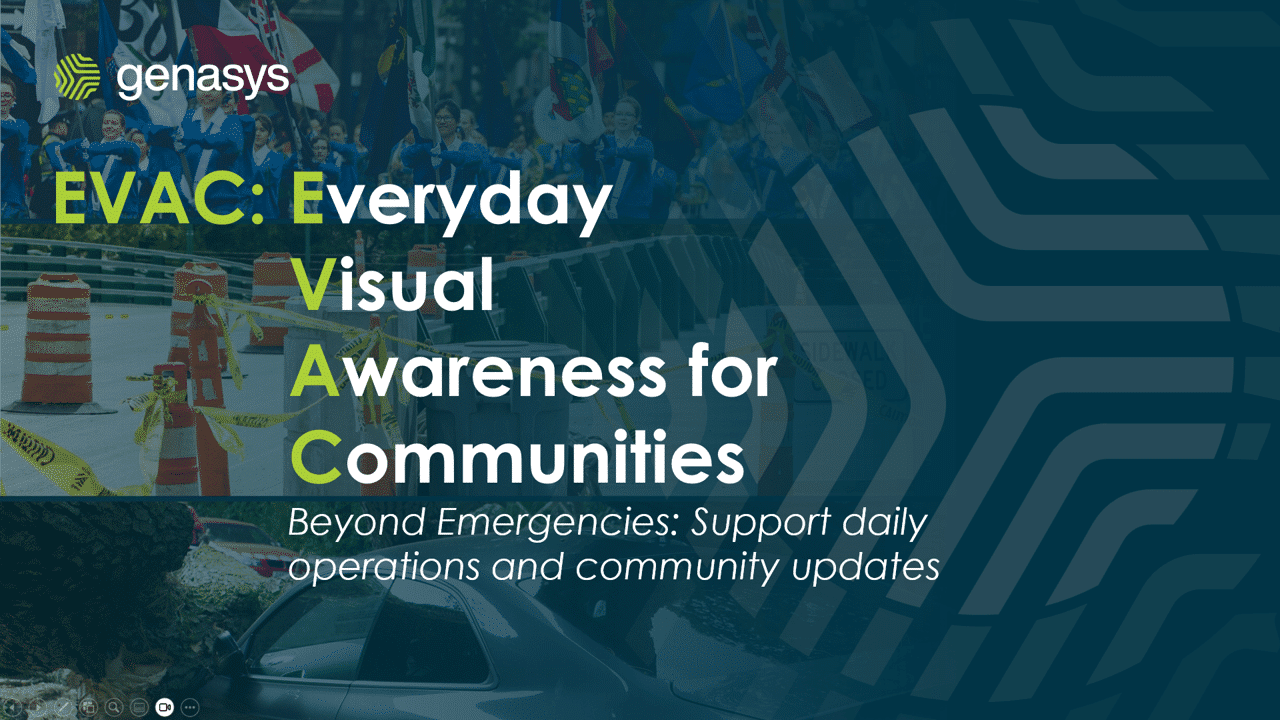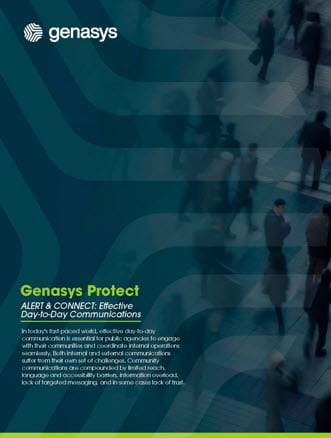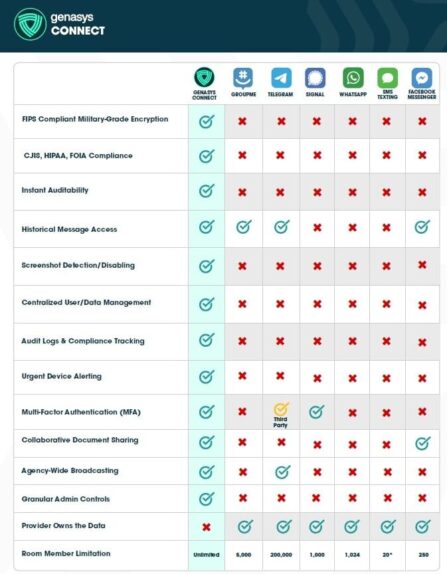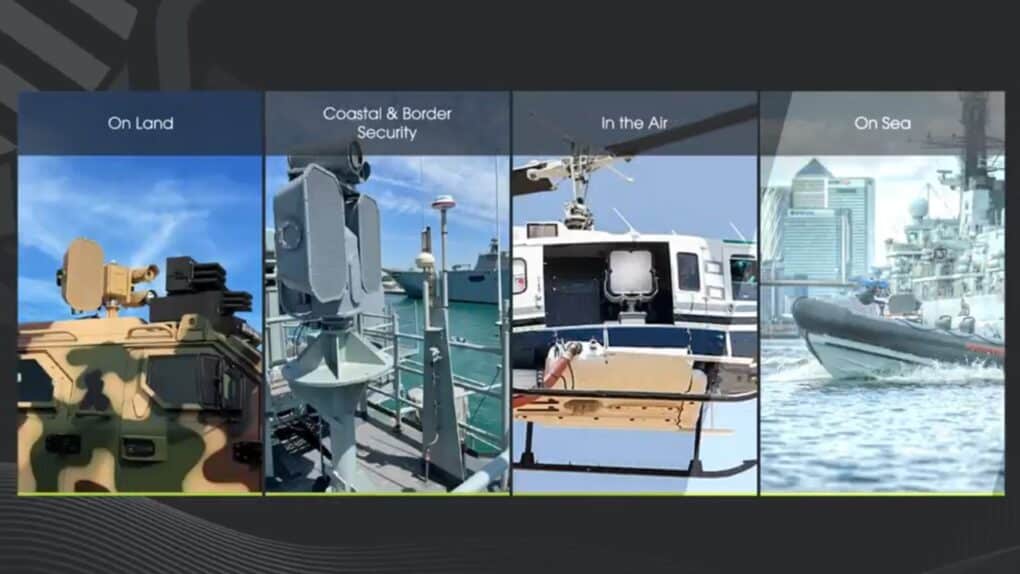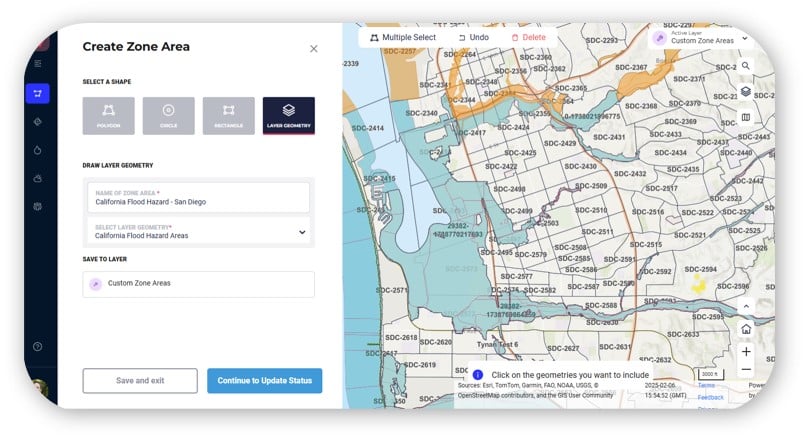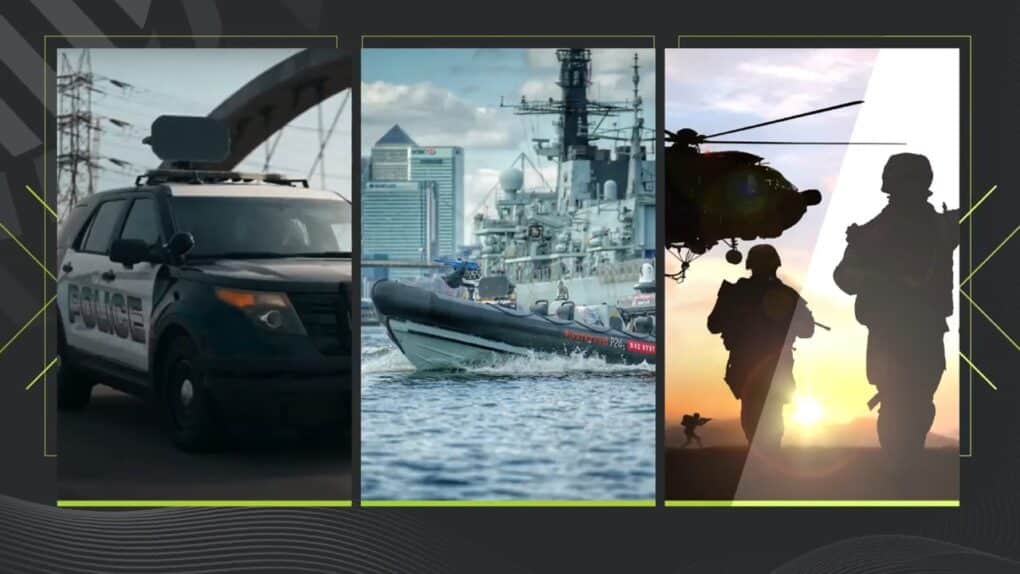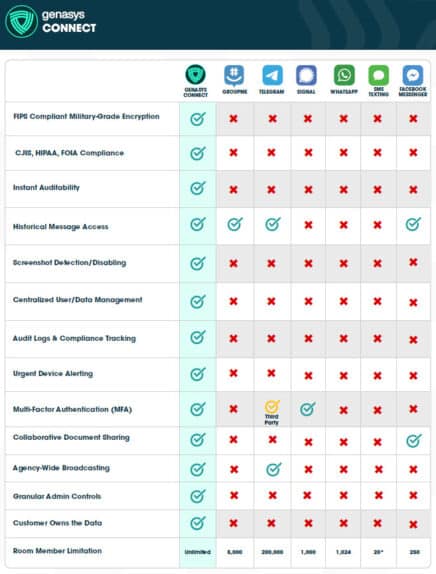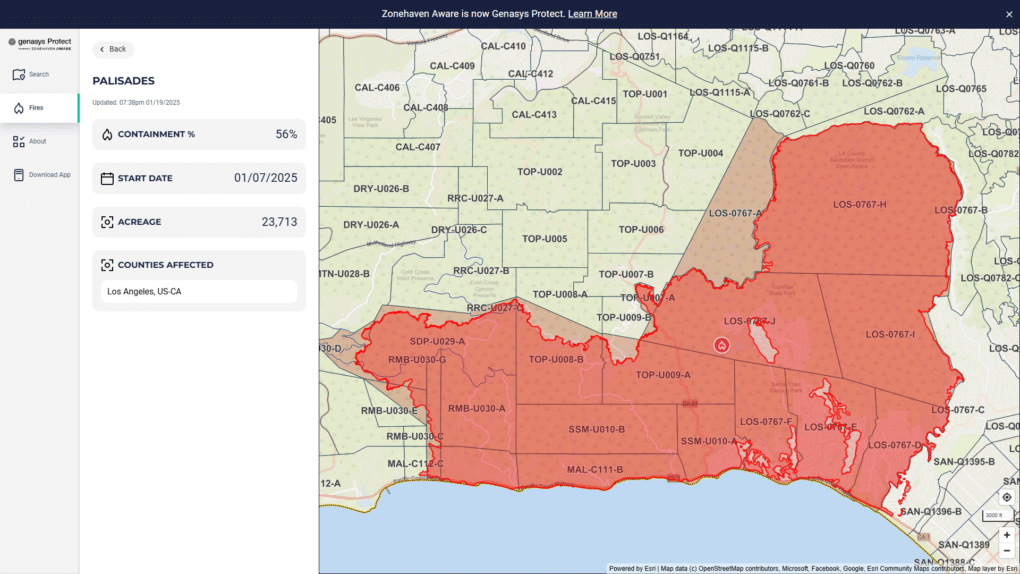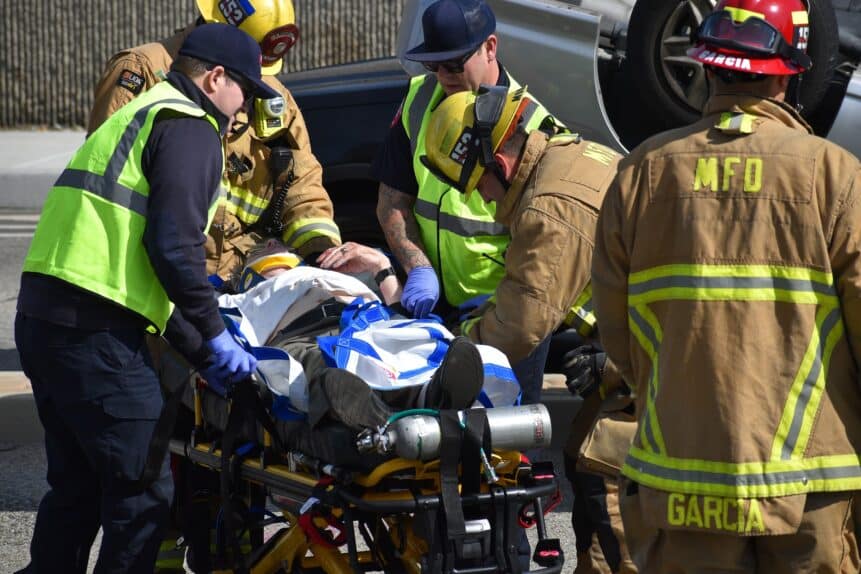To innovate disaster response coordination within state government, it is key to implement strategies and practices that ensure a more effective response to crises.
- Develop a Comprehensive Communication Strategy: Create a robust communication plan, including considerations for the procedural use of communication apps and the channels you will create for internal and external communication during disasters.
- Establish a Disaster Response Coordination Channel: Utilize a dedicated cloud-based communication system for your special task forces or teams composed of representatives from emergency management, health, infrastructure, and other relevant agencies.
- Enhance Civilian Outreach: Develop and implement a collaborative campaign that empowers specific community leaders and volunteer organizations to maintain up-to-date information for any disaster coordination plans.
- Strengthen Critical Infrastructure Resilience: Focus on upgrading and securing your coordination channels with key parties in charge of power grids, bridges, water treatment facilities, and transportation systems.
- Review Successes and Best Practices: Implementing an app that offers leadership the ability to download all shared data is key to building improved recovery plans each year.
By implementing this action plan, you aim to strengthen disaster response coordination and management. Effective collaboration, communication, and infrastructure resilience will be the cornerstones of our approach. Through these efforts, we will ensure that our state is better equipped to respond to crises swiftly and efficiently, ultimately safeguarding the well-being of our communities.


